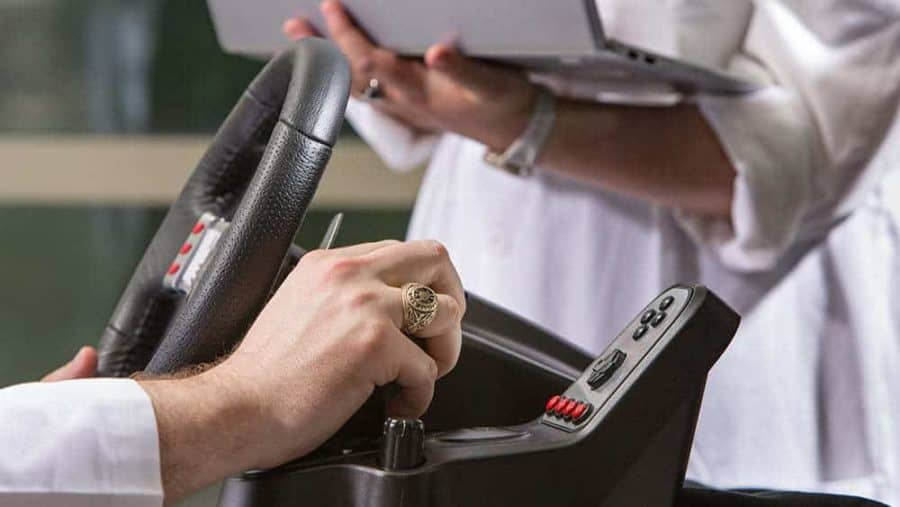Ashley Shortz, a graduate student researcher from the NeuroErgonomics Laboratory at Texas A&M, narrowed down four main ways to provide ADAS instructions — manuals, videos, driving simulators and live demonstrations from an instructor, based on prior research and existing training best practices. However, little is known about which one of these methods best fit seniors.
“More importantly, while there is substantial evidence that men and women adopt different learning strategies, research on ADAS design and training delivery methods have largely overlooked such gender differences,” saidRanjana Mehta, associate professor in the Department of Industrial and Systems Engineering and director of the NeuroErgonomics Laboratory.
To address this, the researchers included 10 male and 10 female drivers, ages 58-68 for their study. For this age group, the team concentrated on video-based and demonstration-based ADAS training rather than manuals or driving simulators. Their choice was guided by prior studies showing that drivers don’t read detailed instructions from manuals or have easy access to driving simulators.
After receiving training for either adaptive cruise control or the lane-keeping assist system, which are both popular ADAS technologies, the participants’ driving performance was evaluated in a laboratory-housed driving simulator that provided an immersive experience of driving along a roadway.
Then, while the drivers switched between ADAS and manual control, the researchers kept track of where the drivers directed their gaze and the activity in the part of the brain that regulates attention and mental workload, among other things.
The team found that for both male and female drivers, video-based training was more effective than demonstration-based training for introducing ADAS technologies to seniors. However, the researchers also found some subtle gender differences.
“We were surprised to find that while male drivers were faster at activating ADAS, they were also the most distracted by it,” Zahabi said. “So, from a neurological standpoint, older female drivers were more efficient at using ADAS technologies and reducing their mental workload after video-based training.”
The researchers noted that more comprehensive studies involving a larger number of older adults, a broader age range of participants and a wider option of driving scenarios still need to be done. They said that these studies might shed light on other gender-based differences that may have not been uncovered in their present study.
“This finding is important as it not only emphasizes how training methods impact different groups of people, but also provides the foundation to develop more equitable, and thus more effective, training paradigms” Mehta said.
But even if preliminary, Zahabi said that their results still indicate why videos work best for teaching ADAS to seniors.
If our reporting has informed or inspired you, please consider making a donation. Every contribution, no matter the size, empowers us to continue delivering accurate, engaging, and trustworthy science and medical news. Independent journalism requires time, effort, and resources—your support ensures we can keep uncovering the stories that matter most to you.
Join us in making knowledge accessible and impactful. Thank you for standing with us!

